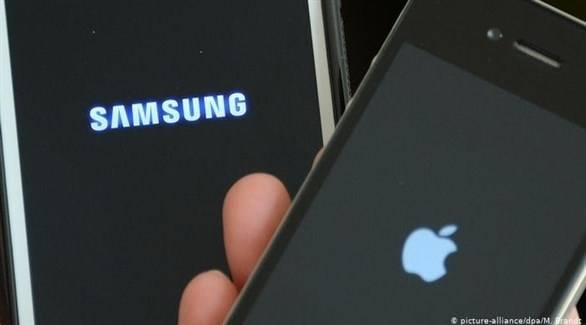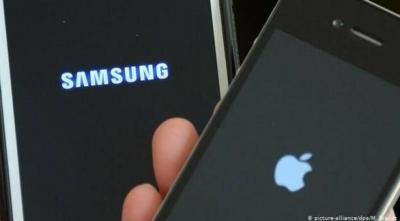Samsung and LG have started producing OLED panels for the iPhone 13. Reports indicate that Samsung is manufacturing ProMotion displays with a 120Hz refresh rate for the Pro models. Ahead of the launch of the new iPhone models this fall, Apple’s supply chain members are ramping up production to meet the anticipated high demand over the coming months. The two companies began production earlier than last year at Apple’s request.
Both Samsung and LG return as display producers for the iPhone 13, having commenced production of the necessary OLED panels. The timing is about a month earlier than Apple’s production schedules for the iPhone 12, although that timeline was delayed at the time due to the COVID-19 pandemic. Reports state that Samsung began producing OLED panels for the iPhone 13 in mid-month, while LG started manufacturing components later in the month.
It is believed that Samsung is ahead by about a week compared to LG in the organic material deposition process, while for the unit finishing process, Samsung seems to be ahead by 10 days. Samsung is said to be the sole supplier of LPTO displays for Apple, which are rumored to support the 120Hz refresh rates used in the Pro models, allowing for the long-anticipated ProMotion feature. LG is manufacturing the OLED displays used in the iPhone 13 and iPhone 13 mini, while Samsung produces the displays for the iPhone 13 Pro and iPhone 13 Pro Max.
Samsung expects to supply between 120 million and 130 million OLED panels to Apple this year, including for the iPhone 12 series and older models. LG aims to supply 30 million units for the iPhone 13, contributing to a total of 50 million units for the year. Reports from May 26 indicated that TSMC has begun producing the system-on-chip (SoC) used in the next iPhone series, named A15.
Other rumors about the iPhone 13 suggest it may be slightly thicker than previous models, with a smaller notch for the front TrueDepth camera and a larger bump for the rear camera. Apple previously struggled to fully capitalize on the early popularity of the iPhone 12, facing challenges in securing initial stock to meet higher-than-expected demand. The company is now trying to avoid the same situation for this year’s devices by securing components like OLED panels earlier.




